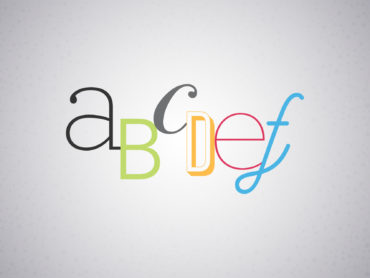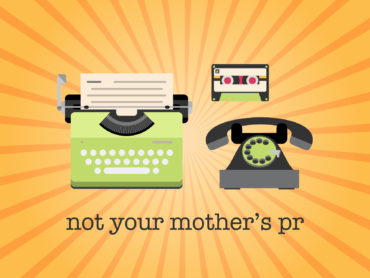So, What’s Your Story?
Thanksgiving is upon us and with that comes the strategic decision of determining where to sit for dinner with your family and friends. We’ve all made the mistake of sitting next to that distant family member who never fails to regale you with an awful and boring story about their “absolutely crazy trip” to get their oil changed. “Never again,” you’d say to yourself, as you clear the table without the faintest recollection of ever even speaking to them. On the other side of the storytelling spectrum, it’s always great listening to a younger member of the family tell a vibrant and exciting story about their imaginary friend and an equally imaginary adventure. Often you’d find yourself retelling that story again to someone else trying to recapture the enthusiasm with which it was told the first time.
In the world of strategic communications, we face a similar dilemma daily. In our world, differentiating between telling a “good” story and a “bad” story ultimately means the difference between being an average or a great communications firm. Although we wear many hats here at R&J, our main goal is ultimately being an effective brand storyteller where we determine our clients’ audience, expand it and deliver measurable results. But what makes a good story?
Getting the facts is a pretty great place to start. Everyone has that friend or acquaintance who plays things a little lose with the facts; often inventing parts (or even the entirety) of a story. When telling a brand’s story, it is vital to start with the facts. Today’s media environment makes fact-checking easier than ever and using easily searchable hyperbole can land your client in a world of PR trouble. If you want to say that you’re number #1 in your field, make sure you are actually #1 and not #28. If you’re insisting that your product is the best at what it does yet at a brief Google search returns only negative results, then maybe it’s time to recalibrate your messaging. Taking the time to fact check beforehand will save you countless hours of frustration and frantic phone calls trying to recover after the fact.
Facts are essential but ultimately, the manner in which the facts are tied together determines whether your client’s story is read, skimmed or ignored entirely. If people enjoyed reading straight, clinically-presented facts, they’d be making Oscar-winning movies about encyclopedias. If you can’t tie your story to the audiencethen it will be easy to forget or, even worse, easy to avoid altogether. When meeting with a client, we always seek to establish an idea of who they are trying to reach right up front. From there, we can start to build a compelling narrative that speaks to both the media serving that area and the client’s target audience. Writing for consumer brands versus writing for a commercial real estate firm has an entirely different audience and therefore an entirely different tone. By recognizing the audience, we can tailor a media strategy that reaches key publications, thought leaders and influencers to make sure that your well-crafted story is being leveraged by the right people. Ultimately you are trying to trigger a brand activation; whether this is in the form of a purchase of a product, attending an event or any other action, an activation can only occur through tapping into an audience and truly understanding what they would like to hear.
The final part of telling a compelling, resonant story is making sure you are consistent in telling the same story over time. Similar to telling a story built upon erroneous facts, telling a brand story with meandering emphasis and focus can be confusing for a consumer. The most established brands have identified a cohesive, compelling brand story and effectively tailor all communications around that cohesive story. The ultimate goal is to create an immediate association between the brand and that story in consumers’ minds every time the brand is mentioned. This will not only enhance your brand’s recognition but will turn your brand loyalists into mini PR firms on their own, telling your story to their family, friends and coworkers. By keeping these three keys to storytelling in mind, perhaps your brand’s story can be the one everyone wants to hear over Thanksgiving dinner this year.
Want to effectively tell your brand’s story? I’d love to help!



















































































